Each week we bring you a sample of the books we’re reading, the films we’re watching, the television shows we’re hooked on or the music we’re loving.
This week, we not only share what our own staff are reading (see here), but also what the team behind Melbourne literary journal Kill Your Darlings is reading too.
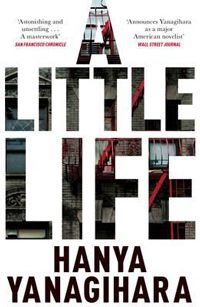
Hannah Kent, Publishing Director:
I recently read the slender, beautiful A Whole Life by Robert Seethaler, translated from the German by Charlotte Collins. It tells the story of Andreas, a man of few words who lives in a small village in the Austrian Alps. In many ways it’s a difficult book to describe – it is the story of a provincial life lived in solitude and simplicity. But the language is exquisite, and Seethaler tenderly uses the events of Andreas’ life to explore sorrow, love, and the significance of even the smallest of moments in our day-to-day existence. I thoroughly recommend it (and for anyone who loves a good cover, the hardback is gorgeous).
Another recent read includes Irish writer Claire Keegan’s collection of short stories, Walk the Blue Fields. Anyone who wants to learn how to craft extraordinary short fiction, please, read it immediately. I normally read books of short stories slowly – one story every few days – but the narratives in Walk the Blue Fields were so beautifully written, and so vivid, that it had me up well past my bedtime.
Finally, I’ve just picked up Hanya Yanagihara’s A Little Life, which has already received widespread acclaim. I’m only a few pages in, but looking forward to seeing what all the buzz is about.
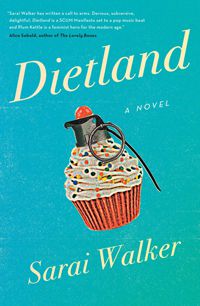
Brigid Mullane, Editor:
I am currently tearing my way through the final instalment of Elena Ferrante’s enthralling Neapolitan series, The Story of the Lost Child. If you haven’t read these books, I recommend dropping everything and diving in. The series follows friends Elena and Lila from their childhood in poverty-stricken Naples through to middle age. In this fourth novel, with various loves and losses behind them, Elena and Lila are reunited in the neighbourhood of their youth. The writing is magnetic and Ferrante’s ability to capture the complexities of female friendship is unrivalled. I can’t think of another book – or series – that has created such fully realised characters and such a captivating and fully formed world.
Ahead of our MWF session – ‘The Book That Changed Me’ – I also read Sarai Walker’s thrilling Dietland. This book is smart, subversive and tough. It’s also an incredibly funny coming-of-age story and an impressive debut.
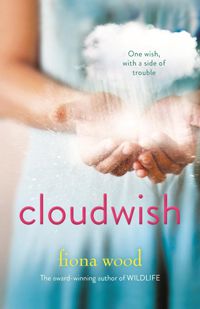
Veronica Sullivan, Online Editor:
After seeing the hilarious and perfectly-matched pairing of Jon Ronson and John Safran at Melbourne Writers Festival, I couldn’t resist Ronson’s most recent book, So You’ve Been Publicly Shamed. Ronson tackles an objectively depressing and even nihilistic subject matter – the propensity for a mob mentality to overrule good sense in our online interactions, leading to life-ruining instances of public shaming – but he does so with open-minded good humour and an unerring generosity towards his subjects. It’s by turns hilarious, disheartening and provocative.
I also adored Fiona Wood’s new YA novel, Cloudwish. In Wood’s deft hands, a storyline that could be cloying – a shy teenage girl wishes the popular boy would fall for her, and her wish appears to mysteriously come true – is instead used as the jumping off point for a smart and inquisitive examination of teenage power dynamics, adolescent attraction and the vagaries of high school popularity. Though the book’s primary focus is on the central relationship between Vân Uoc Phan and wealthy, rowing-obsessed golden-boy Billy Gardiner, the peripheral characters (both teenage and adult) are well-drawn and authentic. There are echoes of Alice Pung’s excellent Laurinda in Cloudwish’s evocation of cultural difference and family silences (like Pung’s protagonist, Vân Uoc is the daughter of migrants and a scholarship girl at a private school). It’s a comparison that speaks to the high quality of both books.
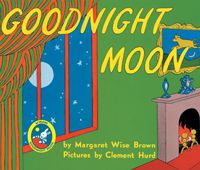
Hop Dac, Deputy Editor:
Other than a thirty-year-old Elmore Leonard novel, The Switch (which as with all Elmore Leonard novels is a cracking read, peeling back layers of human calamity that move in hilarious fashion towards a climax), the only other things I’m reading at the moment are children’s books, and by reading I mean reading them aloud to a child.
My partner’s sister bought our daughter the first ten books from Time’s list of 100 Best Children’s Books for her first birthday. It wasn’t easy to track them down, as not all the books are readily available, but she did so and they’re a wonderful bunch of well-wrought, beautiful stories.
These books are classics of (primarily) American children’s literature, with the oldest, Margaret Wise Brown’s Goodnight Moon, published in 1947. They aren’t appropriate for all ages, as some stories and illustrations are more complicated than others, but kids love repetition. While we’re currently sticking to the few books that Georgette can pay attention to and point at, we’re looking forward to eventually working up to the others.
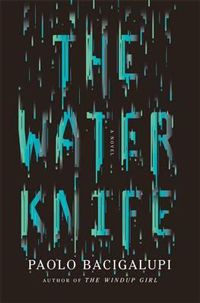
Meaghan Dew, Editorial Assistant:
I’ve just finished reading Paolo Bacigalupi’s latest book, The Water Knife, for the speculative fiction book club I’m a member of. Like his Nebula and Hugo award-winning novel The Windup Girl, this one’s set in a dystopian future. The earth is far drier and the most southern states of the US are effectively wastelands. Competition for scarce resources and an influx of refugees from Texas has lead to each of the not-so-united states enforcing their borders with militias, and water rights are traded with a gun in one hand. It’s the perfect setting for a thriller, and Bacigalupi starts with a murder before following the dead man’s secret through the eyes of a journalist, a refugee and a gun for hire. It’s a great read narratively, as well as having some not-so-subtle points to make about where our world might be headed.
I’m also making my way through the earlier books from The Best American Nonrequired Reading series, having really enjoyed the 2013 and 2014 editions. The series collects the best pieces published in the U.S. in any given year as chosen by groups of high schoolers through the 826 Valencia program. For those whose reading habits tend to be more locally inclined on a day-to-day basis, these are a great way to get a wide taste of the year’s American writing. They’re eclectic, entertaining anthologies and I haven’t found a disappointing one yet.
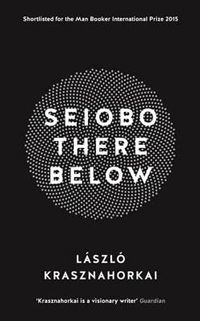
Gerard Elson, Interviews Editor:
I’ve been going through a bit of a difficult time lately, a lamentable upshot of which is a compromised attention span. For weeks now I’ve been struggling to focus. On anything. At all. Enter László Krasznahorkai, the Hungarian literary wizard of the pages-long reticulated sentence and the honouree of this year’s Man Booker International Prize for his translated oeuvre.
Seiobo There Below is the latest of Krasznahorkai’s novels to be translated into English. I’ve previously read – and been left slack-jawed by – Satantango and The Melancholy of Resistance, both adapted for film by Krasznahorkai himself for his friend and longtime collaborator Béla Tarr (the latter as The Wreckmeister Harmonies). Based on what I’ve read, Seiobo is a different sort of proposition from Krasznahorkai, albeit one delivered in his preferred mode: those astonishing leap-frogging and back-wheeling sentences which unfurl like intricate origamis, unmade – when they don’t rush like an implacable deluge.
Not exactly a novel per se, Seiobo (named for the ancient Japanese goddess known as the Queen Mother of the West, apparently) seems so far to be a series of cameos or vignettes, each of which, sometimes clearly, sometimes quite obliquely, describes one manifestation or another of the artist in their element. Swinging across centuries, even species (the first episode finds a crane, poised oh-so-patiently in a constant stance of predatory readiness, knee deep in Kyoto’s Kamo river) the sheer aesthetic force of Krasznahorkai’s vision is proving so arresting that I can’t help but attend undistracted to his prose; I’m reading like a jeweller scrutinising gemstones.
Forget adult colouring books: for a truly ‘mindful’ – even sublime – experience, pick up a book by this contemporary master, likened by Susan Sontag to Melville and Gogol. Give it its due and you won’t be sorry.
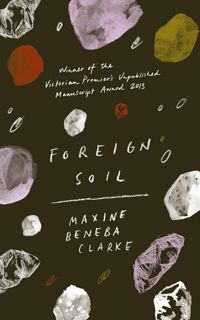
Samantha Forge, Deputy Online Editor:
I’ve been trying to write some short stories lately and have been failing miserably at plotting, so have set myself a bit of a reading list on the art of the short story. To that end, I’ve been re-reading Maxine Beneba Clarke’s Foreign Soil, which was my absolute favourite book of last year – and it turns out it’s even better the second time around. Every single story is a gem; whenever I finish one, I have to close the book and sit quietly for a while to let everything sink in before I can begin another. Each individual tale is completely enthralling and emotionally wrenching.
I’ve been alternating Foreign Soil with stories from Cate Kennedy’s Dark Roots, another wonderful Australian collection. In some ways the two books couldn’t be more different, and yet reading them together I’m seeing so many parallels in the way that both writers are able to conjure a whole world within just a few sentences. They both leave me in complete awe of their storytelling abilities.


